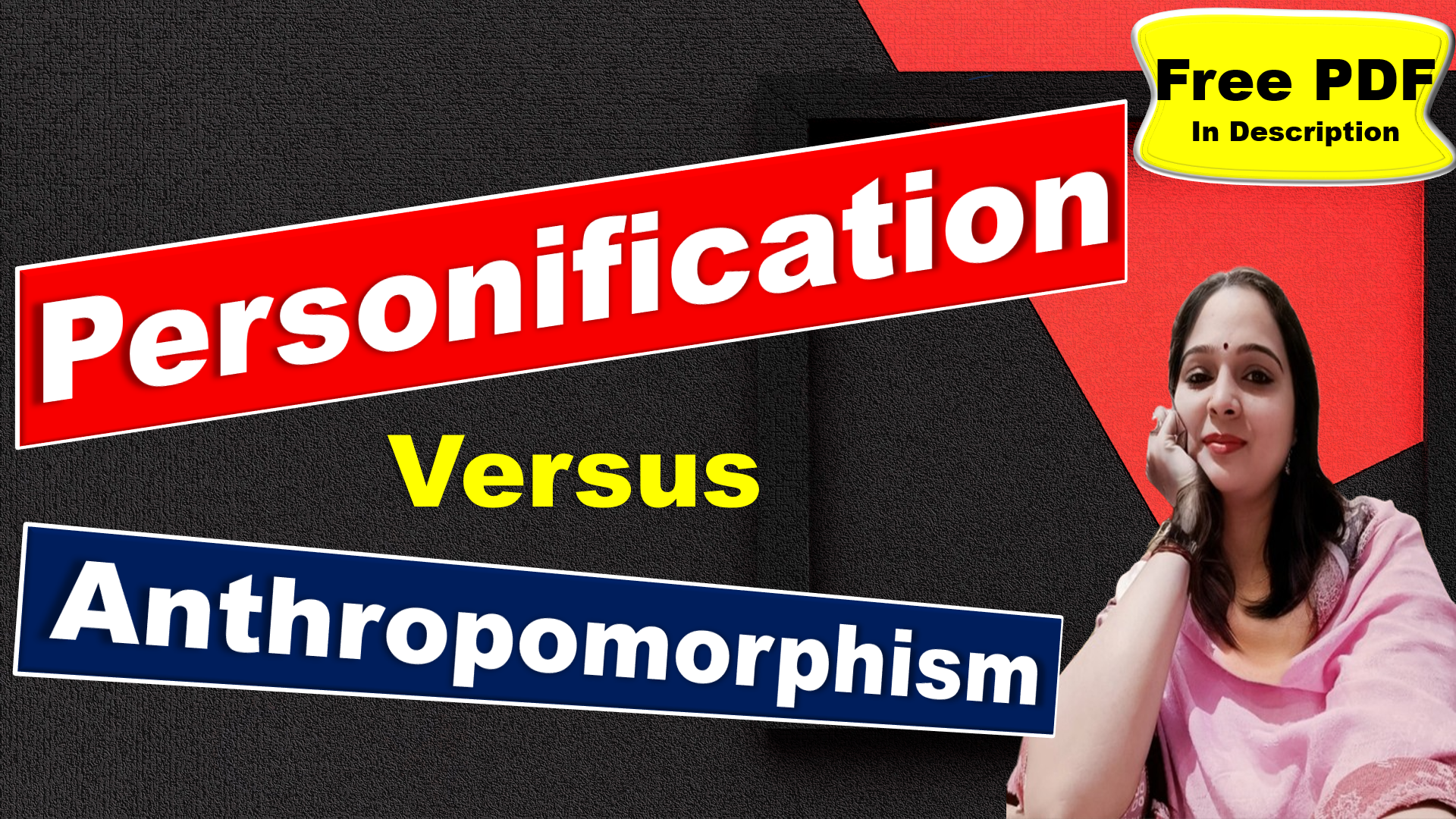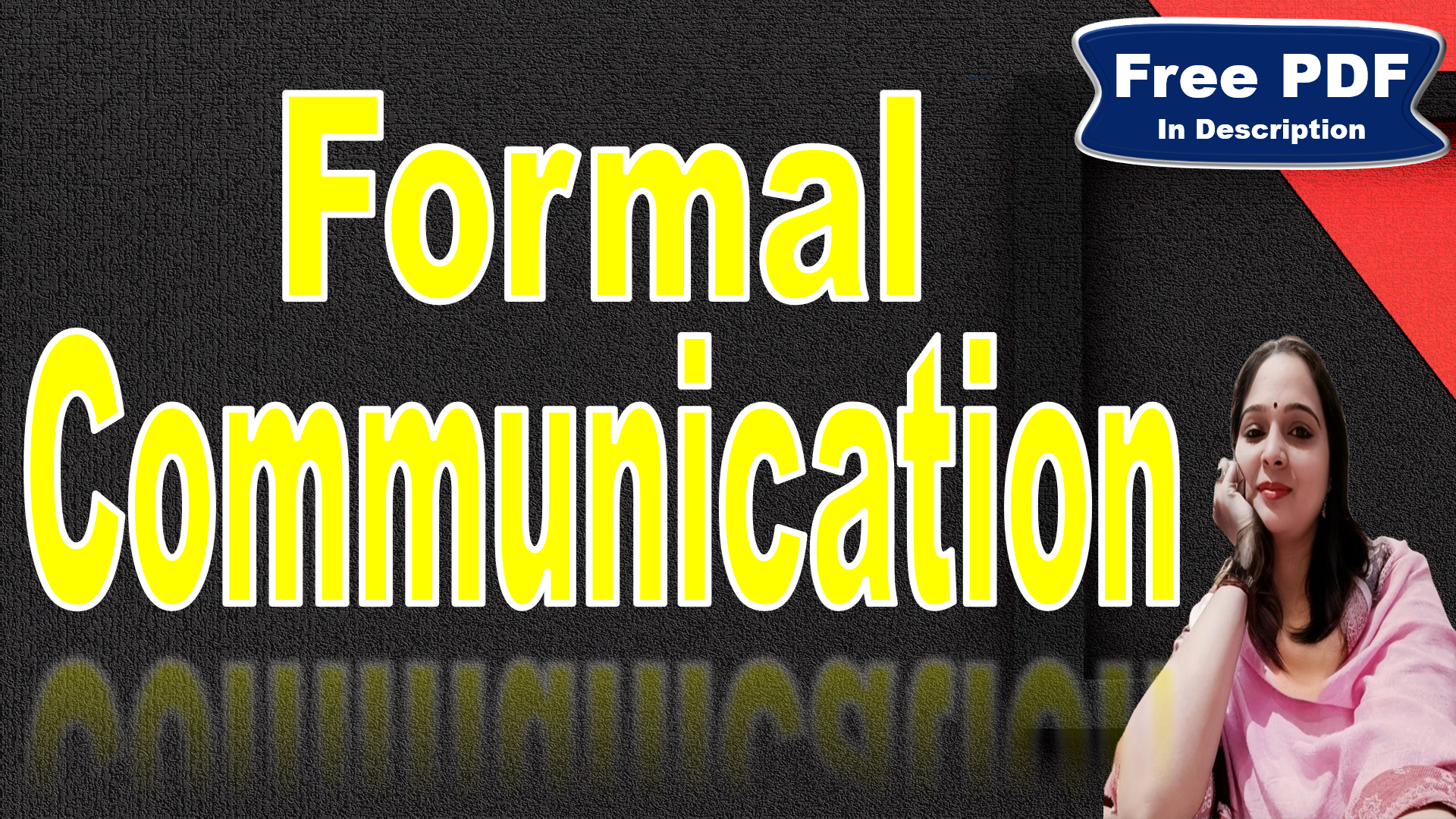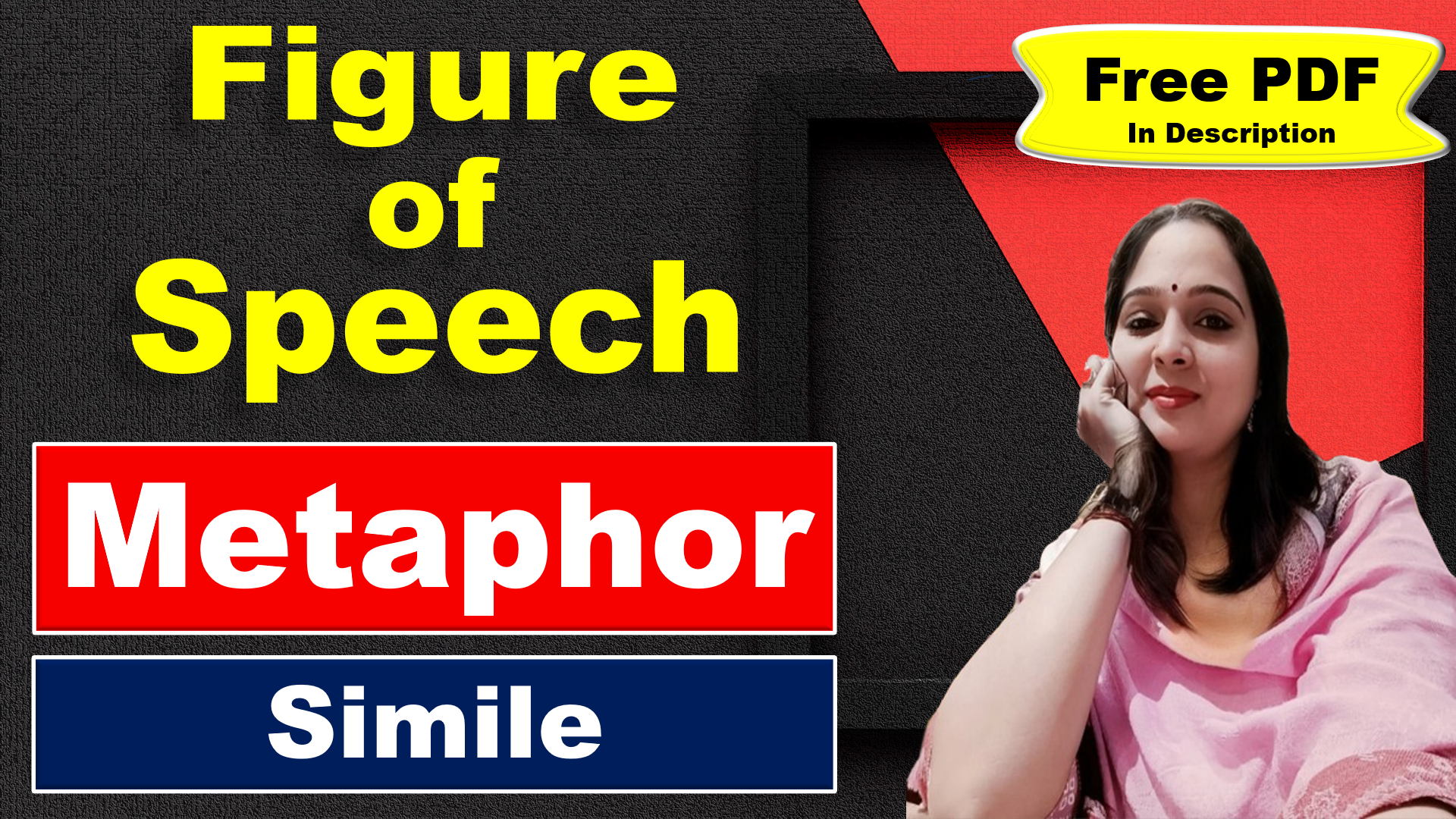
Presentation Skill | Presentation | Structure of presentation | 10-20-30 rule of presentation | 6×6 rule of presentation | Free PDF Download – Easy Literary Lessons
Presentation
The word “presentation” originated from the Latin word “praesentare,” meaning “to present, show, exhibit.” Basically, it signifies the act of placing something before someone or an audience.
A presentation conveys information from a speaker to an audience. It can take various forms, such as demonstrations, introductions, lectures, or speeches. The purpose of a presentation is to inform, persuade, inspire, motivate, build goodwill, or present a new idea or product.
In everyday usage, a presentation refers to sharing information, whether in a formal setting (such as a business meeting) or an informal one (like explaining a concept to a friend).
Presentation Skill
Presentation skills are a set of qualities that allow a person to convey information to an audience in a clear, engaging, and convincing manner. These skills include not only verbal communication but also body language, visual aids, and the presenter’s overall charisma.
Importance of presentation skill
Presentation skills are incredibly important for several reasons:
Effective Communication: Presentations allow you to share information, ideas, and data with an audience. Whether you’re presenting at work, in school, or during a conference, clear communication is essential.
Engagement: A well-structured presentation captures attention. Visual aids, storytelling, and interactive elements keep listeners engaged and focused.
Persuasion: Presentations are persuasive tools. You can influence opinions, encourage action, or advocate for a particular viewpoint. Techniques like emotional appeals and logical reasoning play a role here.
Professional Growth: Strong presentation skills enhance your career prospects. They demonstrate confidence, competence, and leadership abilities. Whether you’re pitching a project, leading a team, or presenting to clients, these skills matter.
Impact: A memorable presentation leaves a lasting impression. It can inspire change, drive results, or motivate others to take action.
Structure of presentation
Introduction:
Greeting and Self-Introduction: Begin by greeting the audience. Introduce yourself briefly, mentioning your name, role, and any relevant background. For example: “Good morning, everyone! My name is Jyoti Sharma, and I’m a literature enthusiast with a particular passion for Shakespeare’s works. Today, I’m excited to explore the eternal beauty and significance of Shakespeare’s Sonnet 18.”
Purpose Statement: Clearly state the purpose of your presentation. What will you cover? What are the main objectives? For instance: “In this presentation, we will explore Sonnet 18, also known as ‘Shall I compare thee to a summer’s day?’. Our objectives are to understand its themes, analyze its poetic structure, and appreciate its lasting influence on literature.”
Context Setting: Provide a brief overview of the topic. Explain why it’s relevant or timely. For example, “Sonnet 18 is one of Shakespeare’s most famous sonnets and has been appreciated for over four centuries.” Its exploration of beauty and immortality remains relevant, making it a timeless piece of literature.”
Body:
Main Content: Organize your material logically. Use a clear structure, such as chronological order, problem-solution, or cause-effect. Each section should flow naturally into the next.
1. Historical Context: “First, let’s consider the historical context. Sonnet 18 was written during the late 16th century, a period of great cultural and artistic flourishing in England known as the Renaissance. This era emphasized humanism, beauty, and the arts.”
2. Themes: “Next, we’ll explore the main themes. The primary theme of Sonnet 18 is the immortality of beauty through poetry. Shakespeare contrasts the fleeting beauty of a summer’s day with the enduring beauty of the beloved, preserved forever in verse.”
3. Poetic Structure: “Now, let’s analyze the poetic structure. Sonnet 18 follows the traditional Shakespearean sonnet form: 14 lines of iambic pentameter with a rhyme scheme of ABABCDCDEFEFGG. This structure creates a harmonious and rhythmic quality.”
Supporting Points: Present evidence, examples, data, or anecdotes to reinforce your message. Use visuals (slides, charts, and graphs) to enhance understanding.
Example Analysis: “Consider the opening lines: ‘Shall I compare thee to a summer’s day? / Thou art more lovely and more temperate.’ Here, Shakespeare begins with a rhetorical question, setting up a comparison that he elaborates on throughout the sonnet.”
Visuals: Display a slide with the text of Sonnet 18, highlighting the rhyme scheme and iambic pentameter.
Show a chart illustrating the comparison between the transient beauty of summer and the eternal beauty captured in the sonnet.
Transitions: Transition smoothly between points. Use phrases like “moving on to our next topic” or “Now, let’s explore…” to guide the audience. For example: “Having discussed the historical context and themes, let’s now move on to the significance of Sonnet 18 in the broader context of literature.”
Conclusion:
Summary: Recap the main points you’ve covered. Briefly revisit each key takeaway. For example: “To summarize, we examined the historical context of Sonnet 18, explored its central theme of immortal beauty, and analyzed its structured poetic form.”
Reinforce Key Messages: Remind the audience of the most critical information. Emphasize what they should remember. For instance, “Remember, Sonnet 18 immortalizes the beloved’s beauty through the power of poetry, showcasing Shakespeare’s belief in the enduring nature of written art.”
End with Impact: Conclude with a powerful statement or call to action. For example: “As we continue to explore literature, let’s reflect on how Shakespeare’s words transcend time, encouraging us to find beauty and permanence in our creations. I encourage you all to read more of Shakespeare’s sonnets and discover their significance.”
Thank the audience: Express gratitude for their attention. Acknowledge their time and participation. You might say, “Thank you all for your attention and participation. I’m open to any questions or thoughts you may have about Sonnet 18.”
10-20-30 rule of presentation
10 Slides:
Limit your presentation to no more than 10 slides. These should include both your title slide and conclusion. Keeping it concise ensures that your slides supplement your message without overwhelming your audience.
20 Minutes:
Aim for a presentation duration of 20 minutes or less. After about 10 minutes, people start tuning out. Sticking to this timeframe helps retain your audience’s attention.
30-Point Font:
Use a minimum font size of 30 points. This ensures readability, especially from a distance. Larger fonts enhance accessibility and make your content easy to follow.
6×6 rule of presentation
The 6×6 rule is a guideline often used in presentations to create concise and effective slides.
Six Words Per Line:
Each line of text on a slide should contain no more than six words. This keeps your content succinct and easy to read.
Avoid lengthy sentences or paragraphs; instead, focus on conveying key points succinctly.
Six Bullet Points Per Slide:
Limit the number of bullet points on a slide to six or fewer.
Overloading slides with too many points can overwhelm your audience and dilute your message.
Why Use the 6×6 Rule?
Readability: The shorter text is more readable, especially from a distance.
Focus: Fewer points per slide help your audience concentrate on essential information.
Visual Appeal: Clear, concise slides enhance visual appeal and engagement.





